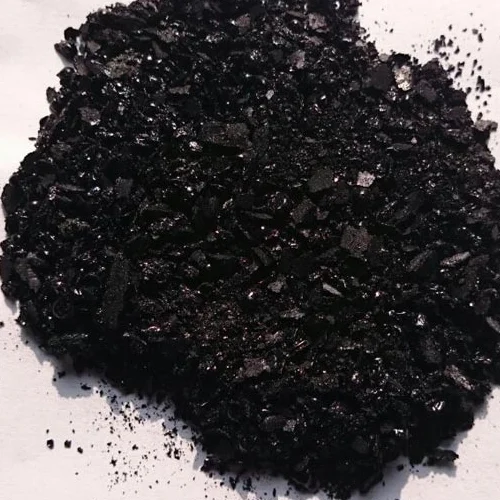light indigo color company


The nurturing period includes regular weeding to minimize competition for nutrients. Additionally, intercropping with legumes can naturally enhance soil fertility due to nitrogen fixation, benefiting the indigo plants indirectly. While the plants are generally resistant to pests, occasional inspections for aphids or caterpillar infestations can prevent potential crop damage. Upon maturation, which occurs approximately three to four months after planting, the leaves of the indigo plants are ready for harvest. This process is best conducted in the morning when the leaves contain the maximum amount of indican, the precursor to indigo dye. The harvested leaves are subject to a fermentation and oxidation process, converting indican into brilliant blue pigment. Modern-day applications of indigo dye extend beyond textile dyeing. The dye is sought after in the creation of paints, cosmetics, and food coloring due to its organic nature and lack of harmful chemicals. This versatility makes the cultivation of indigo an increasingly appealing pursuit for eco-conscious producers and artisans. In conclusion, growing indigo dye seeds symbolizes a confluence of tradition and innovation. The process not only sustains an ancient craft but also aligns with contemporary sustainability goals. For those passionate about natural dyes, the cultivation of indigo offers a unique synthesis of horticultural practice and artisanal creativity. By understanding the intricacies of seed selection, planting, and harvesting, cultivators can produce a product that is both beautiful and environmentally responsible, fostering a deeper appreciation for one of nature’s most captivating hues.
-
The Timeless Art of Denim Indigo Dye
NewsJul.01,2025
-
The Rise of Sulfur Dyed Denim
NewsJul.01,2025
-
The Rich Revival of the Best Indigo Dye
NewsJul.01,2025
-
The Enduring Strength of Sulphur Black
NewsJul.01,2025
-
The Ancient Art of Chinese Indigo Dye
NewsJul.01,2025
-
Industry Power of Indigo
NewsJul.01,2025
-
Black Sulfur is Leading the Next Wave
NewsJul.01,2025

Sulphur Black
1.Name: sulphur black; Sulfur Black; Sulphur Black 1;
2.Structure formula:
3.Molecule formula: C6H4N2O5
4.CAS No.: 1326-82-5
5.HS code: 32041911
6.Product specification:Appearance:black phosphorus flakes; black liquid

Bromo Indigo; Vat Bromo-Indigo; C.I.Vat Blue 5
1.Name: Bromo indigo; Vat bromo-indigo; C.I.Vat blue 5;
2.Structure formula:
3.Molecule formula: C16H6Br4N2O2
4.CAS No.: 2475-31-2
5.HS code: 3204151000 6.Major usage and instruction: Be mainly used to dye cotton fabrics.

Indigo Blue Vat Blue
1.Name: indigo blue,vat blue 1,
2.Structure formula:
3.Molecule formula: C16H10N2O2
4.. CAS No.: 482-89-3
5.Molecule weight: 262.62
6.HS code: 3204151000
7.Major usage and instruction: Be mainly used to dye cotton fabrics.

